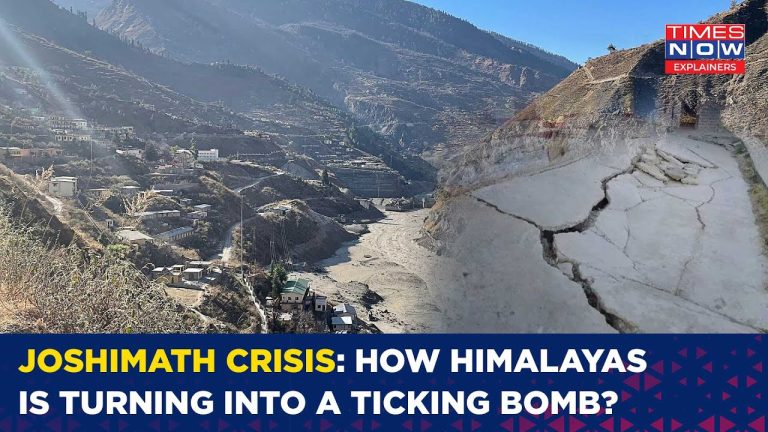Part-III(A):-A simplified view of major earthquakes explained on the basis of plate tectonic theory
1:-Antarctica plate
1998 Antarctic earthquake
It is believed that this earthquake was not due to usual tectonic activity. As the source mechanism cannot be related to the plate motion inferred from the nearby transform faults. The estimated intensity was 8.1 on the Richter scale
2:-South American plate
1960 Valdivia earthquake
The 1960 Chile earthquake was caused by the Nazca plate releasing tension and descending 15 meters underneath the South American Plate. It happened 30.5 km off the Chilean coast. The resulting tsunamis affected southern Chile, Hawaii, Japan, the Philippines, eastern New Zealand, southeast Australia, and the Aleutian Islands. Its intensity was about 9.4 on the Richter scale.
1906 Ecuador–Colombia earthquake
The earthquake occurred along the boundary between the Malpelo Plate, formerly considered the northeastern part of the Nazca Plate, and the North Andes Plate. The earthquake is likely to be a result of thrust-faulting, caused by the subduction of the Coiba, Malpelo, and Nazca Plates beneath the North Andes and South American Plates. The earthquake had a moment magnitude of 8.8 and triggered a destructive tsunami
2010 Chile earthquake
The Chilean quake was spawned by a straightforward dip of the Nazca plate (ocean crust undergirding the Pacific Ocean off South America’s coast) as it slips eastward under the continent’s crust. The earthquake triggered a tsunami that devastated several coastal towns in south-central Chile and damaged the port at Talcahuano. The earthquake had a magnitude of 8.8 on the moment magnitude scale
3:-North American plate-
1964 Alaska earthquake
On the morning of March 28, 1964 (UTC), without warning, the largest recorded earthquake in U.S. history struck Alaska’s, Prince William Sound. The devastating 9.2 magnitude earthquake and subsequent tsunamis ravaged coastal communities. The powerful tremors lasted for nearly five minutes and were felt over a large area of Alaska and in parts of the western Yukon Territory and British Columbia. At this boundary, the Pacific Plate slides beneath the North American Plate, causing the majority of Alaska’s earthquakes, including the 1964 earthquake. The tsunamis created by the earthquake reached land within a few minutes of the ground shaking and engulfed some areas as much as 170 feet above sea level.
4:- Indian-Australian plate
2004 Indian Ocean earthquake and tsunami
This earthquake occurred along a thrust fault in the subduction zone where the Indian tectonic plate is going below the overriding Burmese plate. As a result, the ocean floor broke and there was a vertical displacement of about 15 to 20 meters along the fault causing large-scale displacement of water and thus, generating tsunami waves. The earthquake registered a magnitude of 9.1–9.3 Mw, reaching a Mercalli intensity up to IX in certain areas.
1950 Assam–Tibet earthquake
The earthquake occurred in the rugged mountainous areas between the Himalayas and the Hengduan Mountains. The earthquake was located just south of the McMahon Line between India and Tibet and had devastating effects in both regions. The earthquake had a moment magnitude of 8.6 on the Richter scale
2015 Nepal earthquake
The earthquake was caused by a sudden thrust, or release of built-up stress, along the major fault line where the Indian Plate, carrying India, is slowly diving underneath the Eurasian Plate, carrying much of Europe and Asia. It had a moment magnitude of 8.6.
2008 Sichuan earthquake
The earthquake occurred along the Longmenshan Fault, a thrust structure along the border of the Indo-Australian Plate and Eurasian Plate. Seismic activities concentrated on its mid-fracture. The magnitude of the earthquake was estimated to be 8.0.
1991 Uttarkashi earthquake
The Garhwal division in northern India, flanked by the Tons River to the west and the Alaknanda River to the east, is located at the boundary of the Indian and Eurasian tectonic plates. Active faulting has been taking place along the Main Boundary Fault (MBF), the Himalayan Front Fault (HFF), and their associated faults. These active faults generally form a north-dipping imbricated thrust zone. Consistent uplift of the Lesser Himalaya has continued along these faults during late Quaternary time. It had a moment magnitude of 6.8 and maximum Mercalli intensity of IX i.e violent.
The earthquakes and their causes on the three remaining major plates Pacific plate, Eurasian plate, and African plate, and the concept of designing earthquake-proof building will be discussed in the next remaining part of this article.

